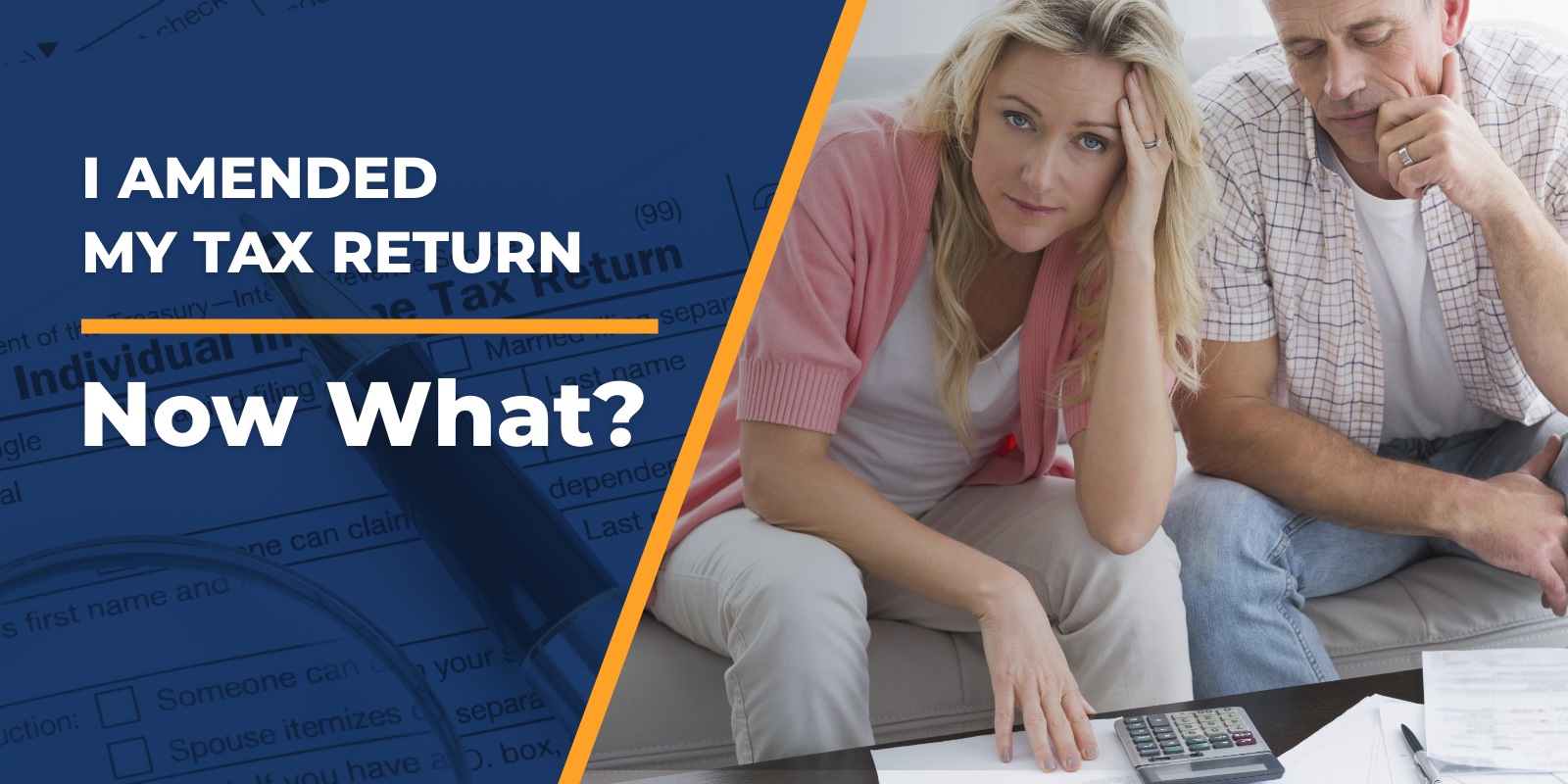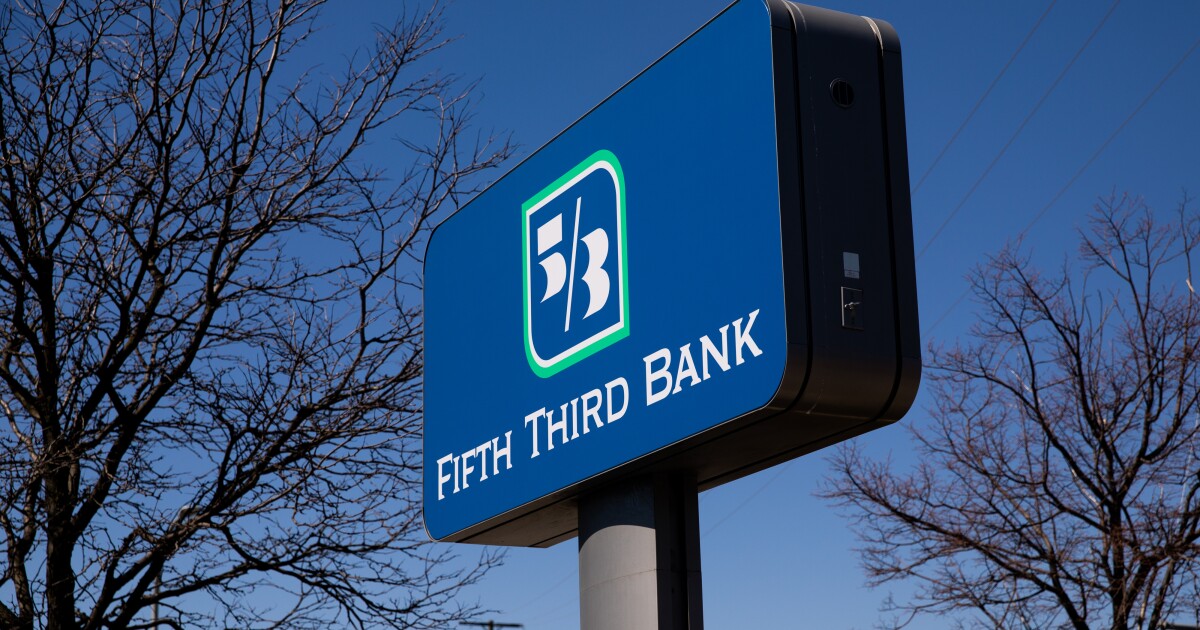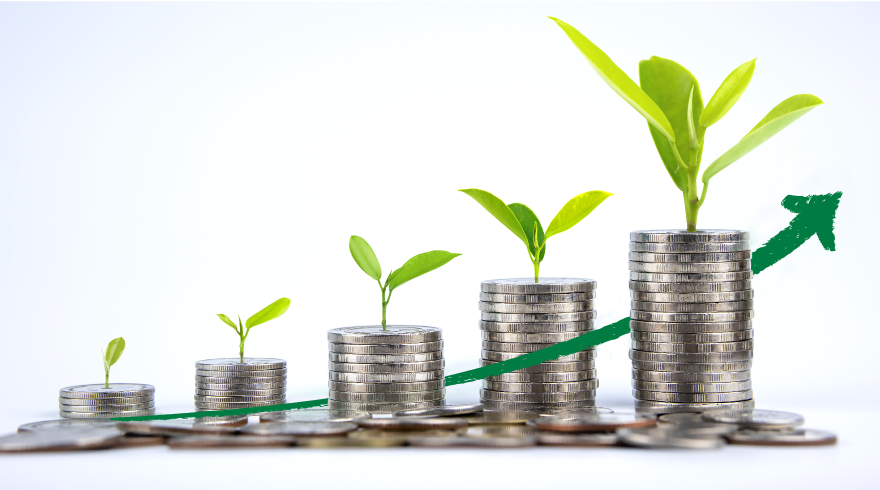Understanding Personal Loans
Personal loans are a versatile financial product that individuals can use for a variety of purposes, ranging from consolidating debt to funding major purchases or covering unexpected expenses. These loans are typically unsecured, meaning they do not require collateral, which distinguishes them from secured loans like mortgages or auto loans. As a result, personal loans are primarily granted based on the borrower’s creditworthiness.
The application process for a personal loan usually involves completing an online or in-person application with a bank, credit union, or online lender. Lenders will examine the applicant’s credit score, income, and debt-to-income ratio to determine eligibility and the terms of the loan. A good credit score is often crucial for securing lower interest rates and better loan terms. However, some lenders also offer personal loans to individuals with less-than-perfect credit, albeit at higher interest rates.
Interest rates on personal loans can be fixed or variable, with fixed rates providing predictable monthly payments throughout the loan term. The rates vary widely depending on the borrower’s credit score and the lender’s policies. Loan terms typically range from one to seven years, allowing borrowers to choose a repayment period that suits their financial situation. The flexibility in loan amounts and repayment periods is one of the key advantages of personal loans, making them suitable for various financial needs.
Common lenders offering personal loans include traditional banks, credit unions, and online lenders. Each type of lender has its own set of benefits and drawbacks. For example, banks may offer lower interest rates but have stricter credit requirements, while online lenders may provide faster approval times and more lenient credit criteria.
Personal loans can be an excellent option for several scenarios. For instance, they are often used for debt consolidation, allowing borrowers to combine multiple high-interest debts into a single, lower-interest loan. They can also be used for home improvements, medical expenses, or significant life events like weddings or vacations. The flexibility and varied use cases make personal loans a valuable financial tool for many borrowers.
Understanding Payday Loans
Payday loans are short-term, high-interest loans designed to provide immediate financial relief until the borrower’s next paycheck. These loans are typically sought by individuals in urgent need of cash for unforeseen expenses or emergencies. The application process for payday loans is straightforward and often requires minimal documentation, making them an attractive option for those with poor credit or limited access to traditional lending services.
To obtain a payday loan, borrowers generally need to provide proof of income, a valid identification, and a bank account. The loan amount is usually small, ranging from $100 to $1,000, and is intended to be repaid in a short period, often within two weeks or by the borrower’s next payday. This short repayment period is one of the defining characteristics of payday loans.
However, the convenience of payday loans comes at a significant cost. These loans are notorious for their high-interest rates, which can be equivalent to an annual percentage rate (APR) of 400% or more. The high cost of borrowing is compounded by fees and penalties, leading to a cycle of debt for many borrowers. If the loan cannot be repaid on time, borrowers may need to take out additional loans to cover the initial debt, leading to a spiraling financial burden.
Payday loans are predominantly used by individuals with lower incomes and those facing financial instability. These borrowers often have limited access to traditional credit options and may not qualify for personal loans from banks or credit unions. The ease of access and the immediate availability of funds make payday loans a tempting option despite their high costs.
The demographic most likely to use payday loans includes low-income households, young adults, and those with poor credit histories. These individuals often choose payday loans due to the lack of alternative financial resources, the urgency of their financial needs, and the simplicity of the loan application process. Despite the severe drawbacks, the quick and easy access to cash can provide short-term relief in times of financial distress.
Advantages and Disadvantages of Personal Loans
Personal loans offer a variety of benefits that make them a preferable choice for many borrowers. One of the primary advantages is the lower interest rates compared to payday loans. This translates into significant savings over the life of the loan. Additionally, personal loans typically come with longer repayment terms, allowing borrowers more time to manage their finances and pay off the debt in a structured manner. This flexibility can be especially beneficial for those looking to make large purchases or consolidate existing debt.
Another notable advantage of personal loans is the higher loan amounts available. Borrowers can access funds sufficient for major expenses such as home improvements, medical bills, or educational costs. Personal loans also have a positive impact on credit scores when managed responsibly. Timely payments can boost creditworthiness, making it easier to qualify for future loans at favorable terms.
Debt consolidation is another key benefit. By consolidating multiple high-interest debts into a single personal loan, borrowers can streamline their payments and potentially reduce overall interest costs. In certain situations, personal loans may also offer tax benefits, particularly when used for specific purposes like home improvements.
However, personal loans are not without their drawbacks. One significant disadvantage is the requirement for good credit. Borrowers with poor credit scores may find it challenging to qualify, or they may be offered less favorable terms. The approval process for personal loans can also be lengthier compared to payday loans, requiring more documentation and scrutiny.
Moreover, personal loans often come with potential fees such as origination fees, prepayment penalties, or late payment charges. These additional costs can add up, making the loan more expensive than initially anticipated. For instance, a hypothetical borrower with excellent credit might secure a low-interest personal loan for consolidating credit card debt, but if they face unforeseen expenses and miss a payment, the associated fees and penalties could quickly negate the benefits.
In summary, while personal loans offer numerous advantages like lower interest rates, longer repayment terms, and higher loan amounts, they also come with challenges such as the need for good credit, longer approval times, and potential fees. Borrowers should carefully weigh these factors to determine if a personal loan is the right financial solution for their specific needs.
Advantages and Disadvantages of Payday Loans
Payday loans offer a mixed bag of benefits and drawbacks, making them a controversial financial product. One of the most notable advantages of payday loans is their rapid approval process. Unlike traditional loans, which may require extensive paperwork and credit checks, payday loans can often be approved within minutes. This speed makes them particularly appealing for individuals facing emergency expenses, such as unexpected medical bills or urgent car repairs.
Another significant benefit is the minimal requirements needed to qualify for a payday loan. Generally, applicants need only provide proof of income, a valid ID, and an active bank account. This minimalistic approach makes payday loans accessible to a broader range of individuals, including those with poor credit scores who might otherwise struggle to secure financing.
However, these advantages come with substantial drawbacks. One of the most critical disadvantages is the extremely high-interest rates associated with payday loans. According to the Consumer Financial Protection Bureau (CFPB), the annual percentage rate (APR) on payday loans can be as high as 400%. This exorbitant cost can quickly turn a small loan into a significant financial burden.
Moreover, payday loans typically come with very short repayment periods, often requiring repayment within two weeks. This brief timeframe can be challenging for borrowers, leading many to roll over their loans, incurring additional fees and interest. This cycle of re-borrowing can quickly spiral into a long-term debt trap, making it difficult for individuals to regain financial stability.
Statistical data underscores the potential risks associated with payday loans. A study by the Pew Charitable Trusts found that 12 million Americans use payday loans annually, with the average borrower taking out eight loans per year. The same study revealed that borrowers spend an average of $520 in fees to repeatedly borrow $375. These figures highlight the significant financial strain that payday loans can impose, often outweighing their initial convenience.
Publisher: Source link











